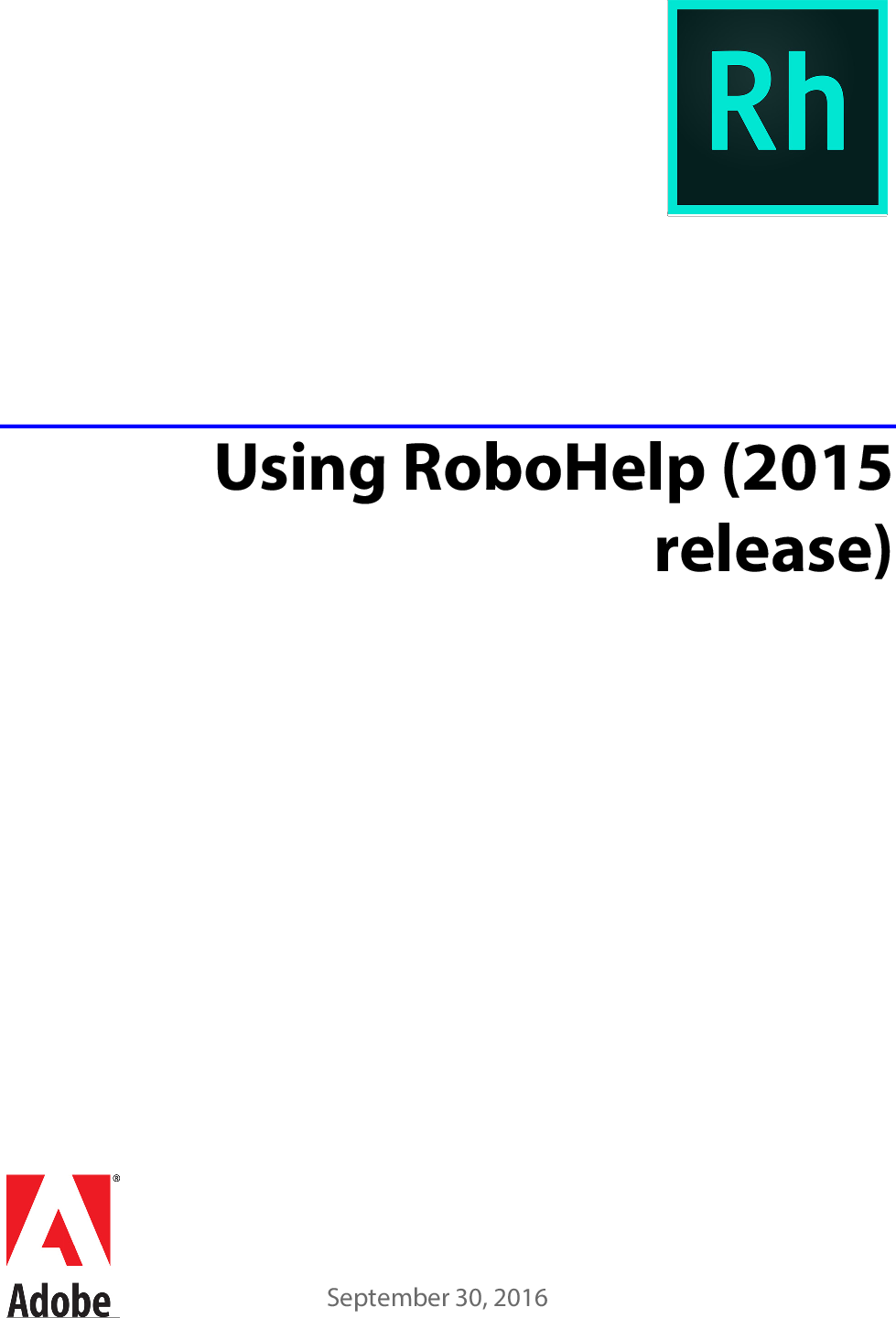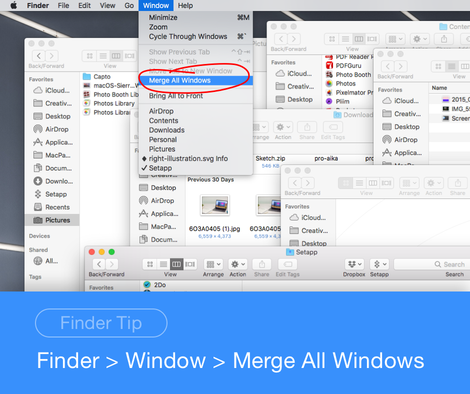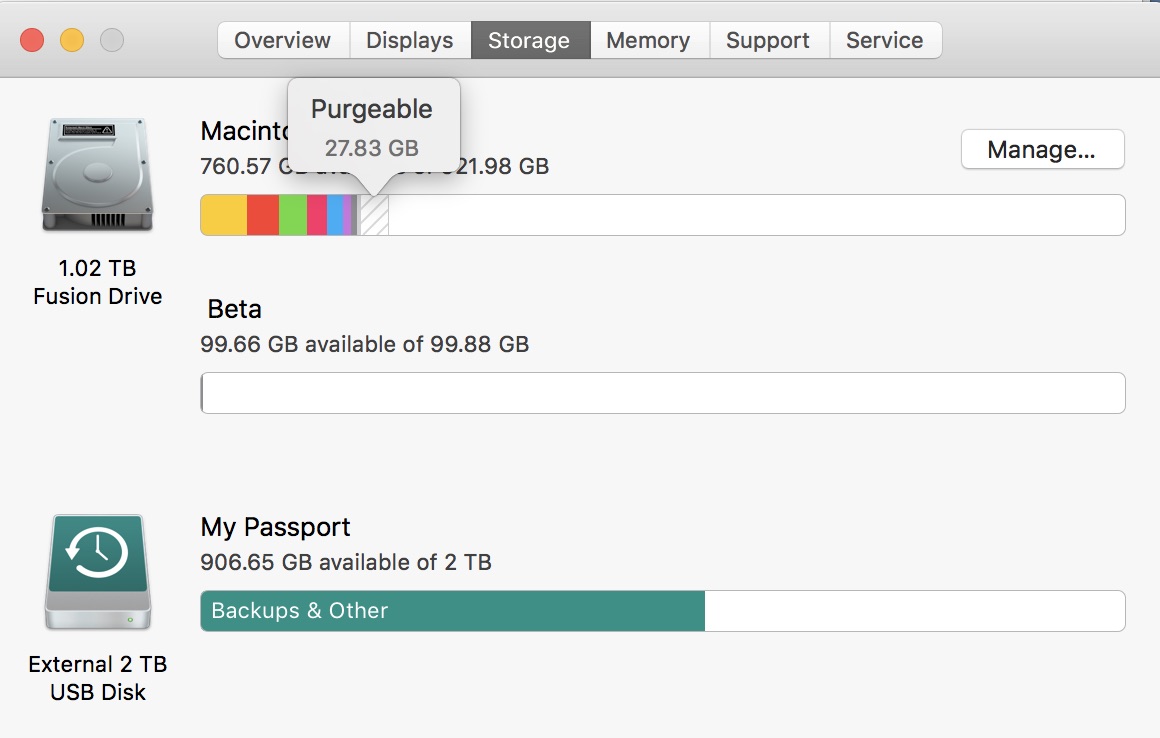Another way to free up RAM on Mac is to clear it of cache files. Of course, it won’t save you gigabytes of space, but deleting cache regularly, you can help your Mac run faster and avoid system issues. So, to remove cache files on your Mac, you need to. You’ve probably heard “Remove your cache” as a web browser troubleshooting tip.
Many of your daily computer activities — like opening programs, logging onto email, and navigating websites — are saved as temporary files within your computer. This is called caching, which, as puts it, “helps reduce internet data usage and speed up software installation on Mac computers, iOS and iPadOS devices, and Apple TV.”
Try These Three Ways to Free Inactive Memory on Mac OS X. First, let’s clarify what inactive memory is on Mac. Inactive memory is used by recently active and terminated applications. The system of your computer saves this memory in case you want to use these applications again. How to free up memory on Mac. Knowing how to clear memory on Mac is important, especially if you have a Mac with limited resources. One option is using Activity Monitor: Open Activity Monitor on your Mac; Select an app using a lot of memory; Click the 'x' icon on the top left of the screen; This is straightforward, but there's a better way.
When you visit a website, for example, your browser will download data like images, scripts, and login credentials and save it all in a cached folder. When you visit that same site in the future, your browser simply (and quickly) loads data from the folder it's already created. That way, your computer doesn’t have to spend time downloading all of that information again — it can just pull it from the cache.
There are a few different types of cached data: user or app data that saves information for certain apps; system cache, which your operating system uses to save process information; and browser cache, which saves your web browsing activity.
Convenient, right? But it’s important to clear this cached information every now and then to keep your data safe and free up disk space, which helps your operating system run more smoothly. If you’re having issues with certain apps, it may also be time to clear your cache.
Here's how to get the job done. (Keep in mind: After clearing this data, you may find that when you visit certain websites, you will need to enter your credentials even if you didn’t have to before.)
How to clear your user/app cache on Mac
Mac makes it easy to clear your cached data using simple keyboard shortcuts.
From your Finder window, hit shift, command, and G.
The “Go to Folder” window will pop up. Enter the following command in the search box: ~/Library/Caches. You can also access this command by opening Finder and navigating to Go > Go to Folder from the menu.

Hit the 'Go' button. A folder will open that includes your Mac’s cached files.
From this screen, you can browse each folder and manually delete specific cached files by dragging them to the Trash (and later emptying the Trash). If you know the specific app or process you want to clear, you can select the folder and move it to Trash.
If you want to clear your entire system cache, hit command and A to select every folder, then hit command and delete.
A window will pop up confirming you want to delete the files and asking you for your Mac’s password.
Once you enter your password, Mac will clear your cache.
How to clear your system cache on Mac
System cache doesn’t take up as much space as app or user cache. These are typically files generated by Mac’s operating system, which means you should be a bit more careful when choosing what to delete. You don't want to accidentally erase important files that keep your system running normally.
If you know what you’re doing and the specific system folders you want to empty, here’s how to access your system cache.

From your Finder window, hit shift, command, and G.
The “Go to Folder” window will pop up. Enter the following command in the search box: /Library/Caches (without the ~ that you used above). You can also access this command by opening Finder and navigating to Go > Go to Folder from the menu.
Take care not to delete the actual folder, but you can clear their contents by dragging them to = Trash. Then, make sure to empty your Trash.
SEE ALSO: Photos of an extremely cool-looking Macintosh Classic prototype surface online
How to clear your browser cache
Clearing your browser cache is relatively easy, but instructions will vary depending on what browser you use. Here’s how to clear your cache in Google Chrome, Safari, and Firefox.
Google Chrome
Open Chrome.
From the hamburger menu in the top right toolbar, select More Tools > Clear Browsing Data

From the “Clear Browsing Data” window choose the time range of data you want to clear. Select 'all time' to delete everything.
Check the boxes marked 'Cookies and other site data' and 'Cached images and files.” Check “browsing history” if you’d like to delete this information, too.
Hit the “clear data” button.
Safari
Open Safari.
From the Safari drop down menu, select Preferences.
Navigate to the Advanced tab. Check the box marked, “Show Develop menu in menu bar.” Close the window.
From the toolbar, select the Develop drop down menu and click Empty Cache. If you want to delete your browser history, select the History drop down, then Clear History.
Firefox
Open Firefox.
From the browser’s main menu, select History > Clear Recent History.
From the window that pops up, select the time range of data you want to clear: last hour, last two hours, last four hours, today or everything. Select 'Everything' to delete all cached data.
Click on the arrow next to'Details,” which will allow you to choose the data you want to delete. To delete everything, make sure each box is checked. To only delete your browser cache, just check the box labeled “Cache.”
Click on the 'Clear now' button to delete your data.
Optimised Storage helps you save storage space by storing your content in iCloud and making it available on demand:
- When storage space is needed, files, photos, films, email attachments and other files that you rarely use are stored in iCloud automatically.
- Each file stays exactly where you last saved it, and will download when you open it.
- Files that you’ve used recently remain on your Mac, along with optimised versions of your photos.
If you haven't yet upgraded to macOS Sierra or later, find out about other ways to free up storage space.
Find out how much storage is available on your Mac
Choose Apple menu > About This Mac and then click Storage. Each segment of the bar is an estimate of the storage space used by a category of files. Move your pointer over each segment for more detail.
Click the Manage button to open the Storage Management window, pictured below.
Manage storage on your Mac
The Storage Management window offers recommendations for optimising your storage. If some recommendations have already been turned on, you will see fewer recommendations.
Store in iCloud
Click the Store in iCloud button and then choose from these options:

- Desktop and Documents. Store all files from these two locations in iCloud Drive. When storage space is needed, only the files you recently opened are kept on your Mac, so that you can work offline easily. Files only stored in iCloud will display a download icon , which you can double-click to download the original file. Find out more about this feature.
- Photos. Store all original, full-resolution photos and videos in iCloud Photos. When storage space is needed, only space-saving (optimised) versions of photos are kept on your Mac. To download the original photo or video, just open it.
- Messages. Store all messages and attachments in iCloud. When storage space is needed, only the messages and attachments you recently opened are kept on your Mac. Find out more about Messages in iCloud.
Storing files in iCloud uses the storage space in your iCloud storage plan. If you reach or exceed your iCloud storage limit, you can either buy more iCloud storage or make more iCloud storage available. iCloud storage starts at 50 GB for $0.99 (USD) a month, and you can purchase additional storage directly from your Apple device. Find out more about the prices in your region.
Optimise Storage
Click the Optimise button to save space by automatically removing films and TV programmes you've watched. When storage space is needed, films or TV programmes that you've purchased from Apple and have already watched will be removed from your Mac. Click the download icon next to a film or TV programme to download it again.
Your Mac will also save space by only keeping recent email attachments on this Mac when storage space is needed. You can manually download any attachments at any time by opening the email or attachment, or saving the attachment to your Mac.
Optimising storage for films, TV programmes and email attachments doesn't require iCloud storage space.
Empty Bin Automatically
Empty Bin Automatically permanently deletes files that have been in the Bin for more than 30 days.
Reduce Clutter
Reduce Clutter helps you identify large files and files you may no longer need. Click the Review Files button and then choose any of the file categories in the sidebar, such as Applications, Documents, Music Creation or Bin.
How To Clean Up Memory On My Macbook Pro
You can delete the files in some categories directly from this window. Other categories show the total storage space used by the files in each app. You can then open the app and decide whether to delete files from within it.
Find out how to re-download apps, music, films, TV programmes and books.
Where to find the settings for each feature
The button for each recommendation in the Storage Management window affects one or more settings in other apps. You can also control these settings directly within each app.
- If you're using macOS Catalina or later, choose Apple menu > System Preferences, click Apple ID, and then select iCloud in the sidebar: Store in iCloud turns on the Optimise Mac Storage setting on the right. To turn off iCloud Drive entirely, deselect iCloud Drive.
- If you're using macOS Mojave or earlier, choose Apple menu > System Preferences, click iCloud, then click Options next to iCloud Drive. Store in iCloud turns on the Desktop & Documents Folders and Optimise Mac Storage settings.
- In Photos, choose Photos > Preferences and then click iCloud. Store in iCloud selects iCloud Photos and Optimise Mac Storage.
- In Messages, choose Messages > Preferences, then click iMessage. Store in iCloud selects Enable Messages in iCloud.
- If you're using macOS Catalina or later, open the Apple TV app, choose TV > Preferences from the menu bar, then click Files. Optimise Storage selects “Automatically delete watched films and TV programmes”.
- In you're using macOS Mojave or earlier, open iTunes, choose iTunes > Preferences from the menu bar, then click Advanced. Optimise Storage selects “Automatically delete watched films and TV programmes”.
- In Mail, choose Mail > Preferences from the menu bar and then click Accounts. In the Account Information section on the right, Optimise Storage sets the Download Attachments menu to either Recent or None.
Empty Bin Automatically: From the Finder, choose Finder > Preferences, then click Advanced. Empty Bin Automatically selects “Remove items from the Bin after 30 days”.
Other ways that macOS automatically helps to save space
With macOS Sierra or later, your Mac will take these additional steps automatically to save storage space:
- Detects duplicate downloads in Safari, keeping only the most recent version of the download
- Reminds you to delete used app installers
- Removes old fonts, languages and dictionaries that aren't being used
- Clears caches, logs and other unnecessary data when storage space is needed
How to free up storage space manually
How To Clear Memory On My Apple Watch
Even without using the Optimised Storage features described in this article, you can take other steps to make more storage space available:
- Music, films and other media can use a lot of storage space. Find out how to delete music, films and TV programmes from your device.
- Delete other files that you no longer need by moving them to the Bin, then emptying the Bin. The Downloads folder is good place to look for files that you may no longer need.
- Move files to an external storage device.
- Compress files.
- Delete unneeded email: In the Mail app, choose Mailbox > Erase Junk Mail. If you no longer need the email in your Deleted Items mailbox, choose Mailbox > Erase Deleted Items.
Clearing Memory On Computer
Learn more
Free Up Memory On Mac
- The Storage pane of About This Mac is the best way to determine the amount of storage space available on your Mac. Disk Utility and other apps may show storage categories, such as Not Mounted, VM, Recovery, Other Volumes, Free or Purgeable. Don't rely on these categories to understand how to free up storage space or how much storage space is available for your data.
- When you duplicate a file on an APFS-formatted volume, that file doesn't use additional storage space on the volume. Deleting a duplicate file only frees up the space required by any data that you might have added to the duplicate. If you no longer need any copies of the file, you can recover all of the storage space by deleting both the duplicate and the original file.
- If you're using a pro app and Optimise Mac Storage, find out how to make sure your projects are always on your Mac and able to access their files.

Comments are closed.